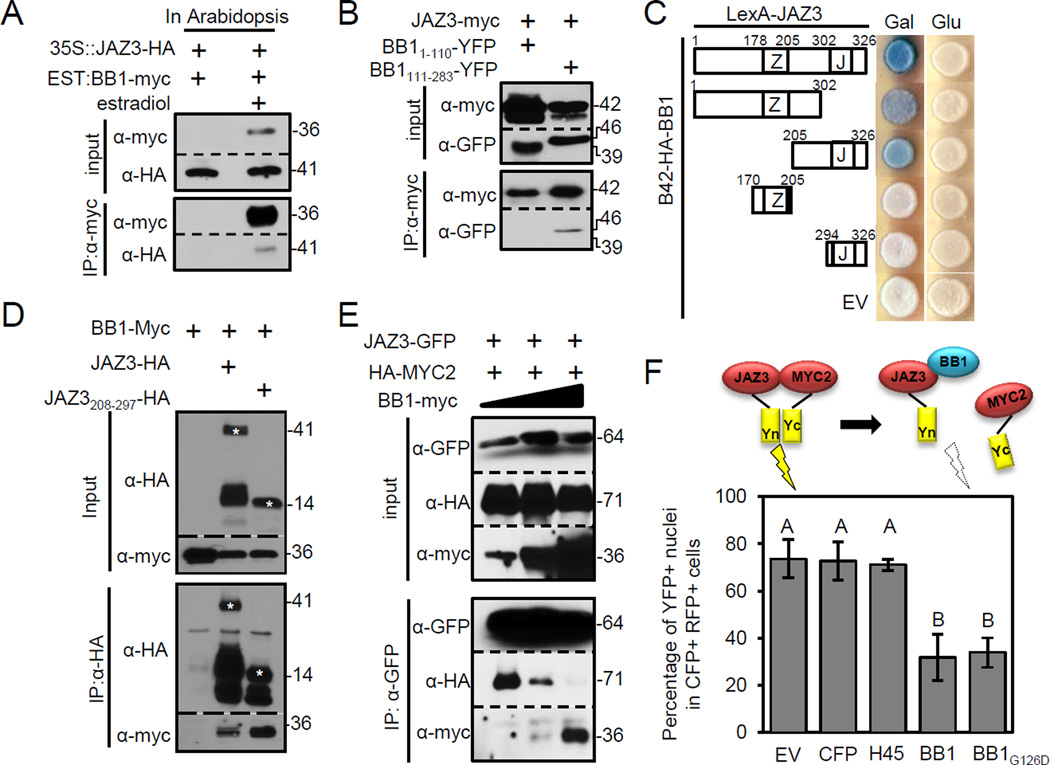Figure 5. HopBB1 interacts with JAZ3 and disrupts its association with MYC2.
(A) HopBB1 interacts with JAZ3 in Arabidopsis. HopBB1-myc conditionally expressed from an estradiol-inducible promoter was transformed into Arabidopsis constitutively expressing JAZ3-HA from a 35S promoter. Three-week-old seedlings were induced with 50µM estradiol and sampled 6 hrs after induction.
(B) The C-terminus (111–283) of HopBB1 is sufficient to associate with JAZ3 in N. benthamiana.
(C) HopBB1 interacts with an uncharacterized JAZ3 domain (206–302) in yeast.
(D) HopBB1 associates with an uncharacterized JAZ3 domain (206–302) in N. benthamiana.
(E) HopBB1 reduces the association between JAZ3 and MYC2 in planta. Proteins were transiently co-expressed in N. benthamiana. HopBB1 was induced using a gradient of estradiol (0.01µM, 1µM, 10µM) 6 hrs after Agrobacteria infiltration. Samples were harvested 18 hrs after induction.
(F) HopBB1 disrupts the BiFC signal generated from the association between JAZ3 and MYC2. The co-expression of HopBB1 or HopBB1G126D reduces the efficiency from 80% to 20%. RFP-positive cells were examined for the presence of CFP and YFP signal in nuclei. For each combination, the ratios were calculated by counting approximately 200 nuclei collected from four independent samples. Error bars indicate ±SD.
See also Figure S4.

